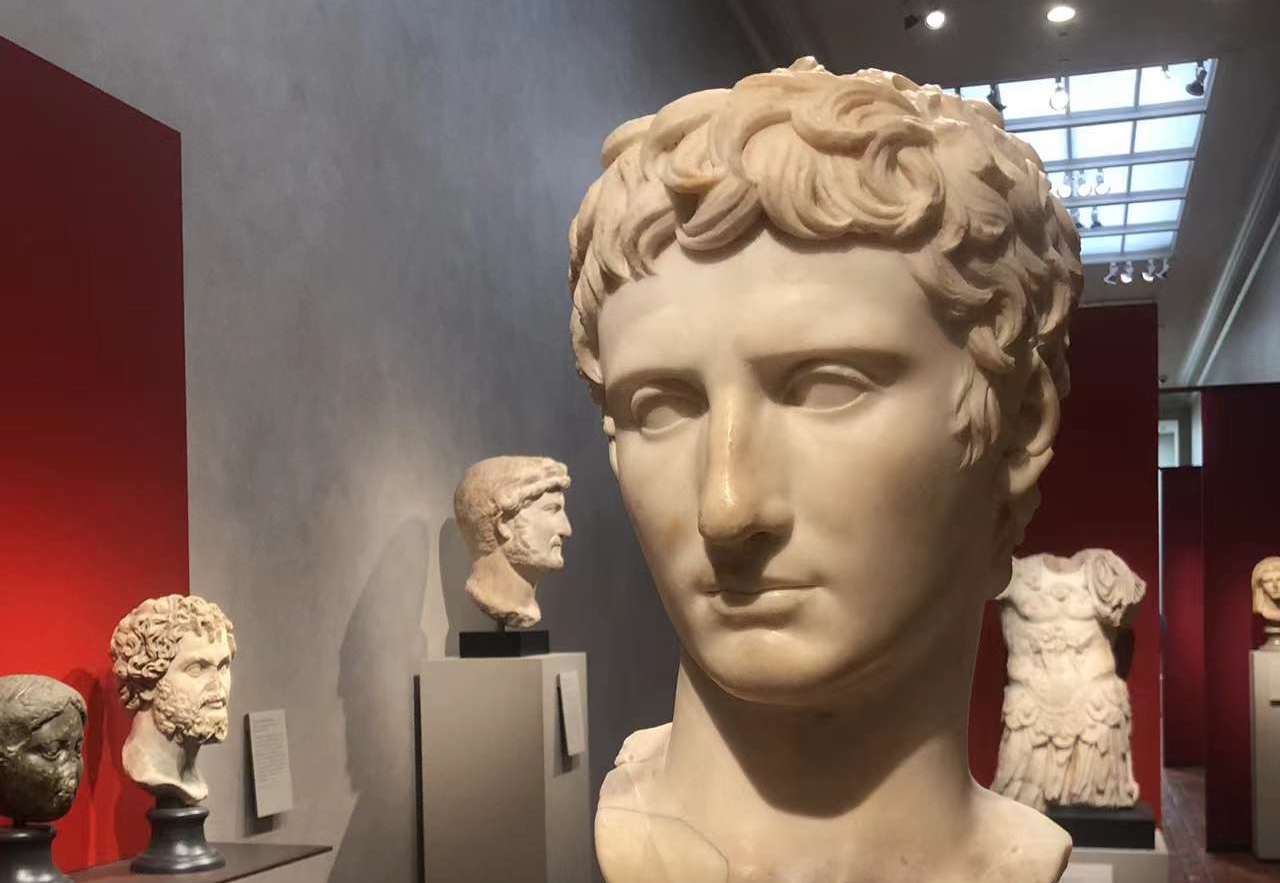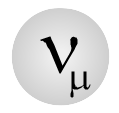
Some thoughts after visiting the Metropolitan Museum & MFABoston 🙂
We are enslaved by our lofty ideals when we seek to tame reality with its chains.
For all the things that I love, idealism lies at one intersection of these points, myself at the other.
I was investigating the different marble busts across the different dynasties during the Roman Empire.
First were the Republicans, whose wrinkled faces represent a conservationist take on morality and politics. They valued the old Republican ideals and sought to convey their authority through age and experience. One of the interesting exhibits I encountered was a bust of a politician, whose features such as a broad forehead and narrow chin resembled Julius Caesar. It was made this way to show his support/sympathy for Caesar’s political party, the Populares.
Then, Augustus started looking back to the Greeks- the youthful, vigorous athletic figure. He leaned toward Hellenistic idealism; he merged his visage into Apollo’s. He was the sun, the radiance that led Rome to peace and prosperity. He was the destined one to bring a golden age, blazing with the brilliance of the Julian star.
This reminiscence of the ancient Greeks continues to weave into Roman Imperial sculptures and plastic art. Hadrian and the Five Good Emperors adapted the Greek philosopher’s style, with their curly hair, ample beard, and serene eyes. The addition of drills and pupils made their figure look more erudite.
Enter the Severian Dynasty and Caracalla’s bust. The military figure displays their short stubbed chin, furrowed eyebrows, and simple haircut. The cruelty in their gaze matches the Emperor’s need to quickly establish an authoritative figure. It reflects the turmoil and constant warfare that the empire was enduring at the time.
Females also change, in terms of their facial features, hairstyle, and expression. What is interesting is that I find early statues of Athena to resemble Buddha (I later discovered that indeed there was some Hellenistic influence when depicting statues- turns out my intuition works well enough).
The image of an ideal male shifts throughout the years in such a detailed and conspicuous manner that it is hard not to be enticed to learn more about them. So that’s why I am so caught up in it- it comes from the same intellectual impulse as the one that pushed me to study physics. It also brings a similar sense of euphoria when the dots finally connect.
Our ideals are a conclusion to what we value. The ideal government reflects our values of an ideal life for an individual and the equilibrium of everyone’s interests. The ideal form embodies biological and psychological traits that we deem to be suitable for that person’s role (insert random rant about gender here). The ideal model or theory represents the simplicity we expect reality to adhere to.
Ideals and abstractions are the very things we value because we believe that we, as humans, are capable of comprehending the entire complexities of our surroundings. Having the power to simplify things and classify certain things as “trivial” gives us a feeling of control, as if we know the whole picture and we have the right to dictate what matters and what does not.
So here comes the problem. We think we know the whole picture and what matters. But do we?
We are united by collective ideals as a nation, hence the rise of nationalism. We direct our efforts to aspire to the ideal life, yet we neglect the traits that we deem to be outside our “collection of ideal traits”. Not only might we judge ourselves based on this collection of traits, but we also force others into this rigid cage.
But as we huddle around the radiant beacon of our collective ideals, we may forget that the light shines on our skin just as it does on the lofty towers- and equally there befell its warmth.
